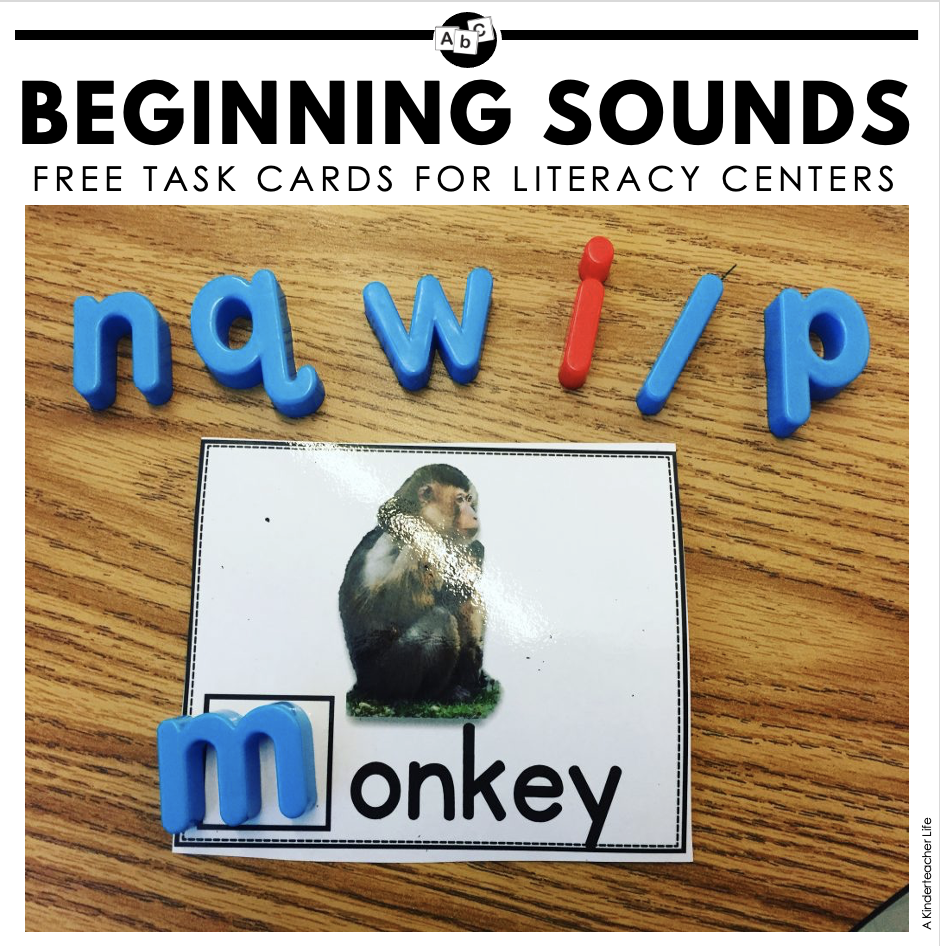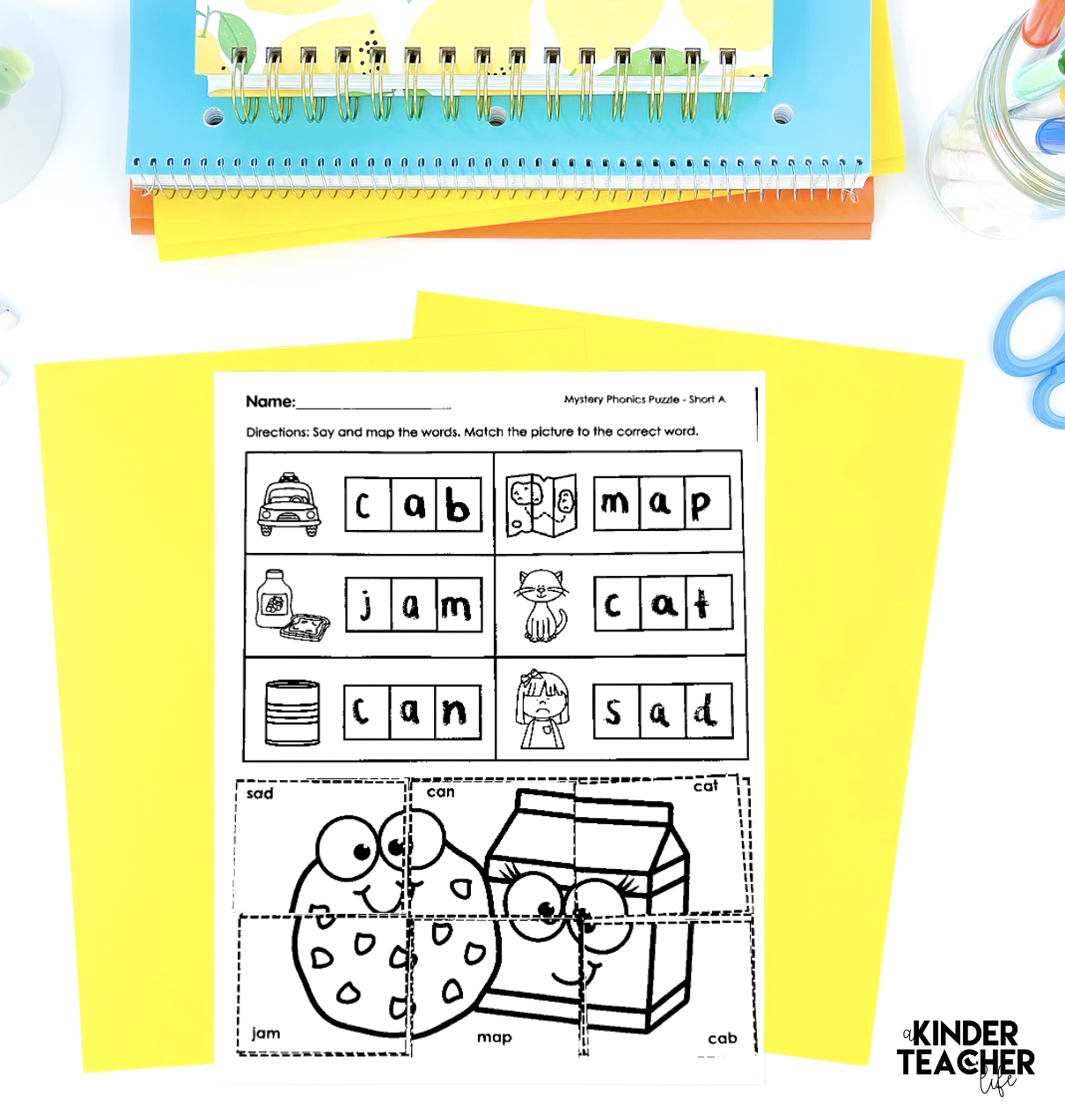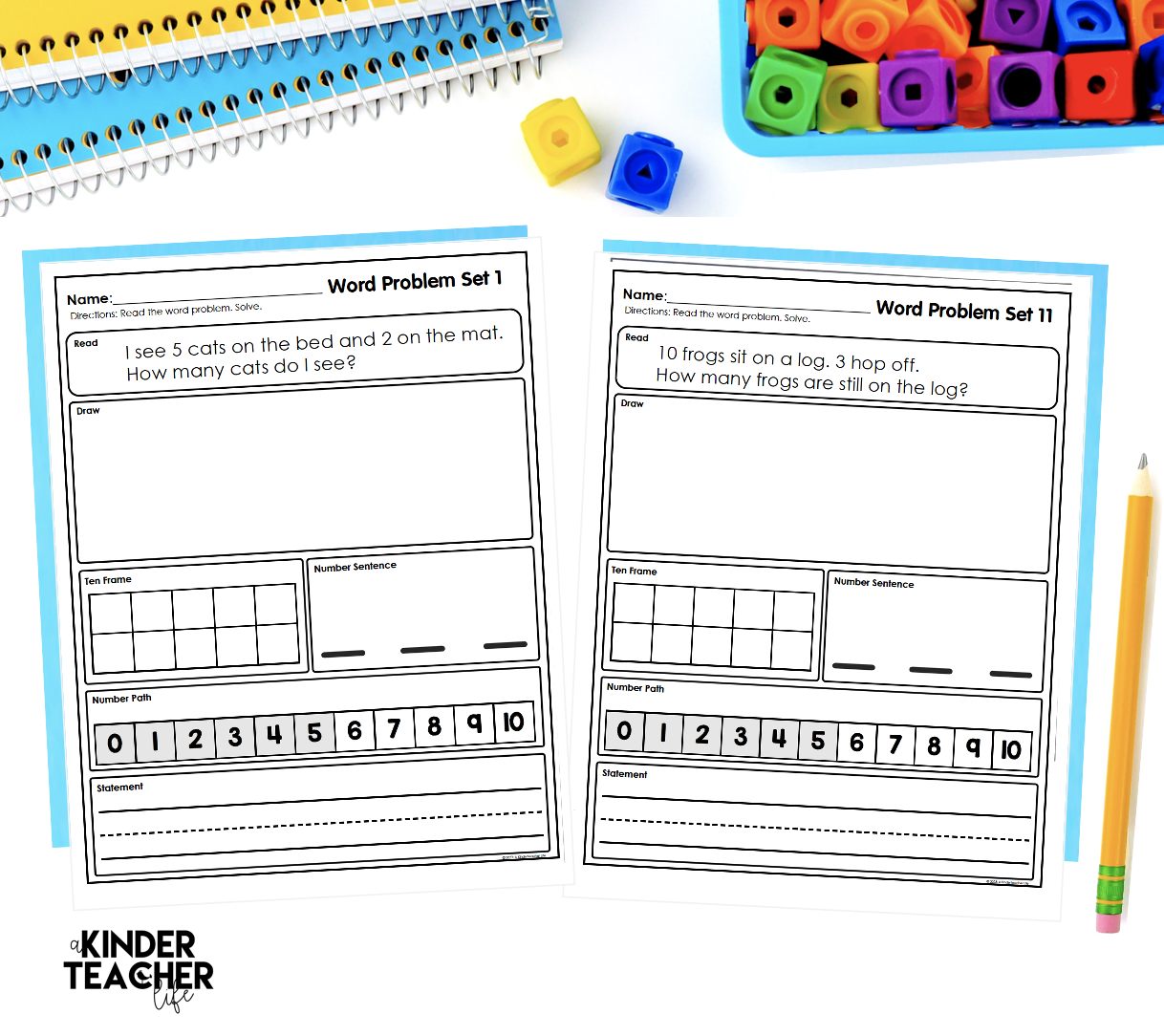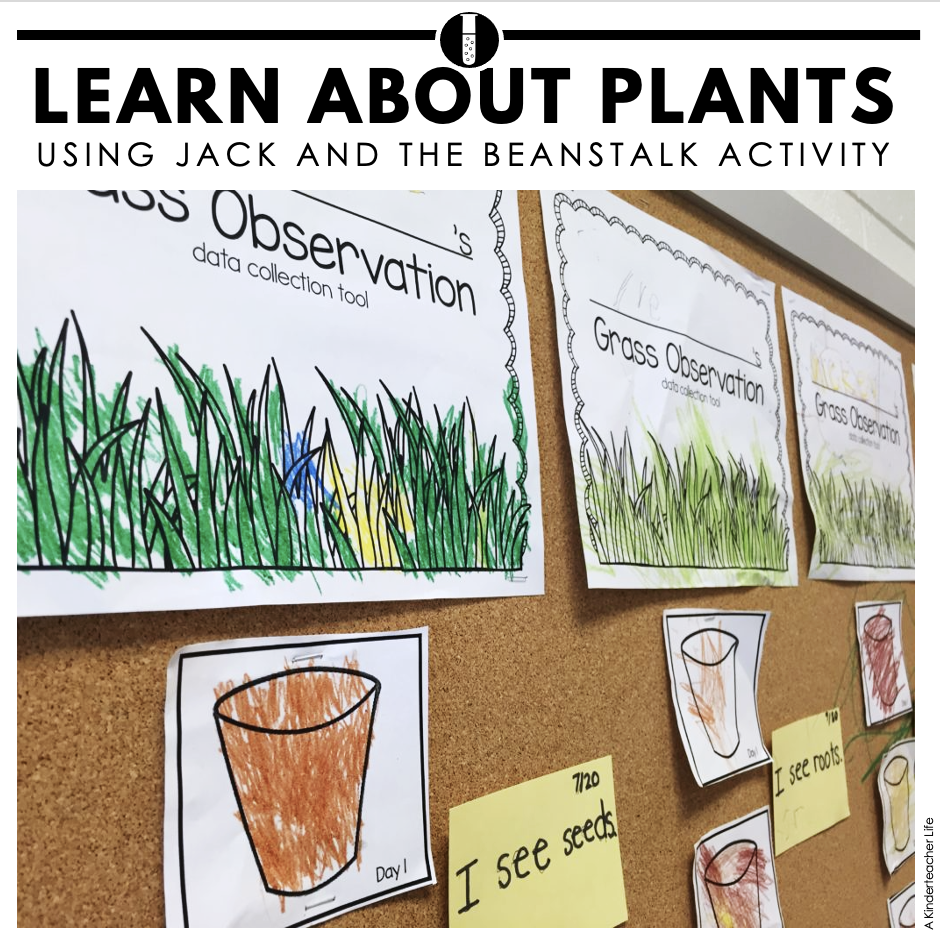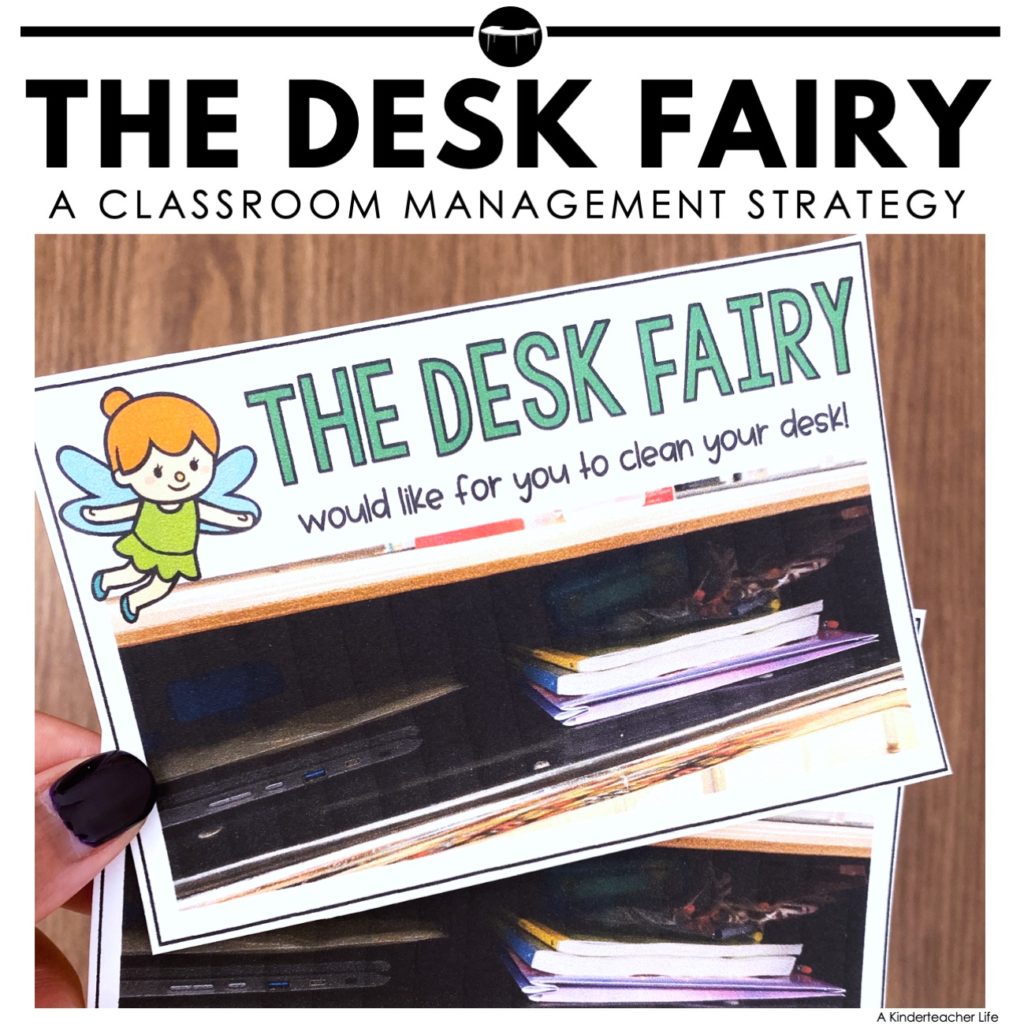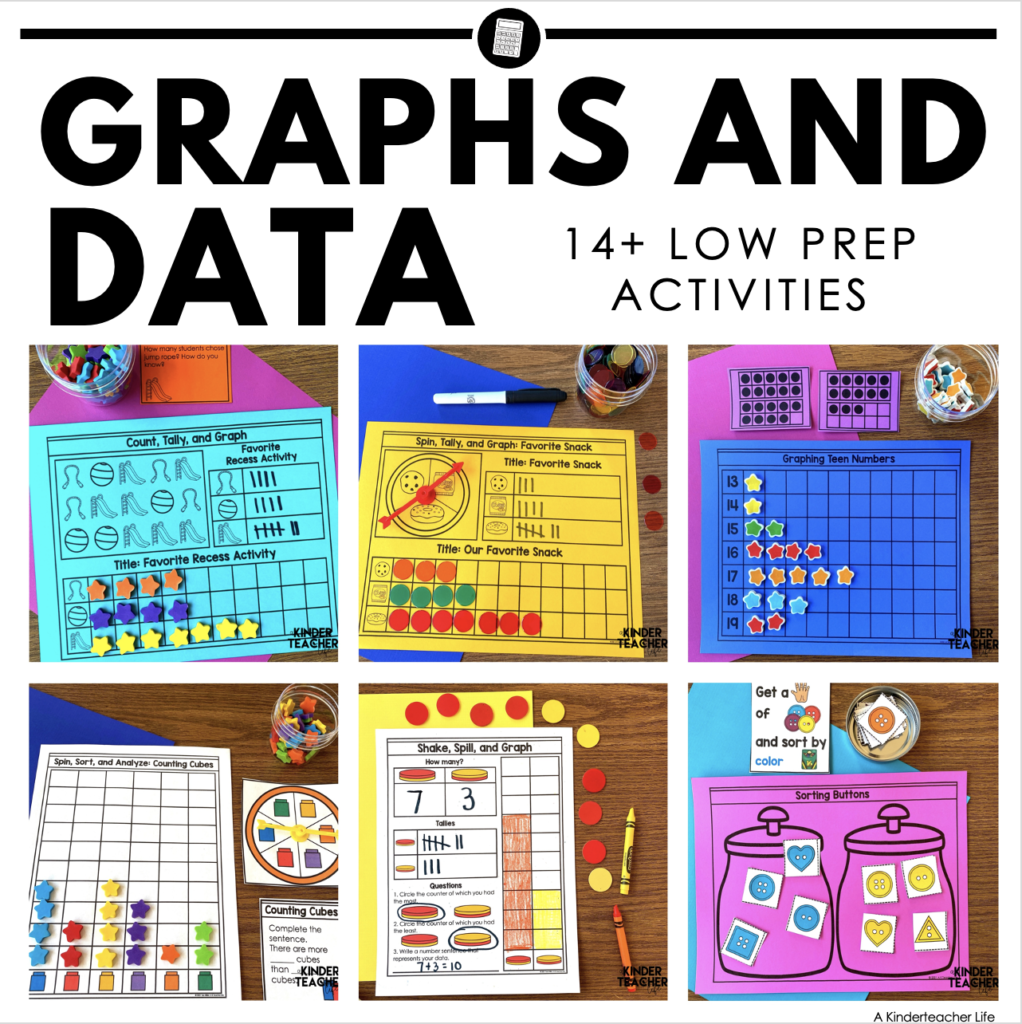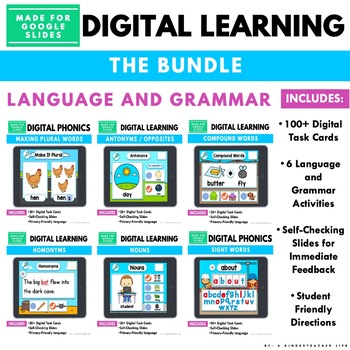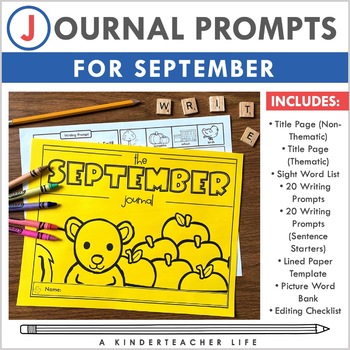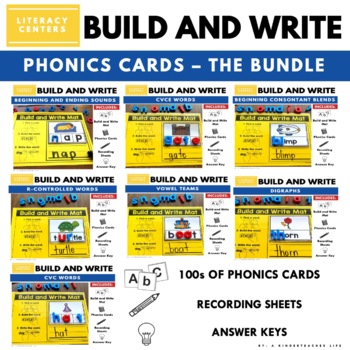Building Strong Literacy Skills with Decoding and Encoding
Reading and spelling are two sides of the same literacy coin. Young learners need to develop decoding and encoding skills to become proficient readers and writers. This blog post will explore what those terms mean and how we can help support students master them.
What Are Decoding and Encoding?
- Decoding is the ability to apply letter-sound knowledge to read words. When a child sees the word cat and can break it into /c/ /a/ /t/ to read it aloud, they are decoding.
- Encoding is the process of using sounds to spell words. When a child hears /c/ /u/ /t/ and writes cut, they are encoding.
I’ve noticed that students become much better encoders if they are great decoders! I also noticed that as students learn the rules of English, they become much bettr encoders as well. So, it takes time for students to develop these skills. The best way to nuture decoding and encoding skills is to use a research-based curriculum aligned to the principles of the Science of Reading. Also, let students practice these skills by providing them with opportunities to write and read different types of texts.
Both skills are essential for literacy development because they reinforce each other. Strong decoders become strong spellers, and vice versa.
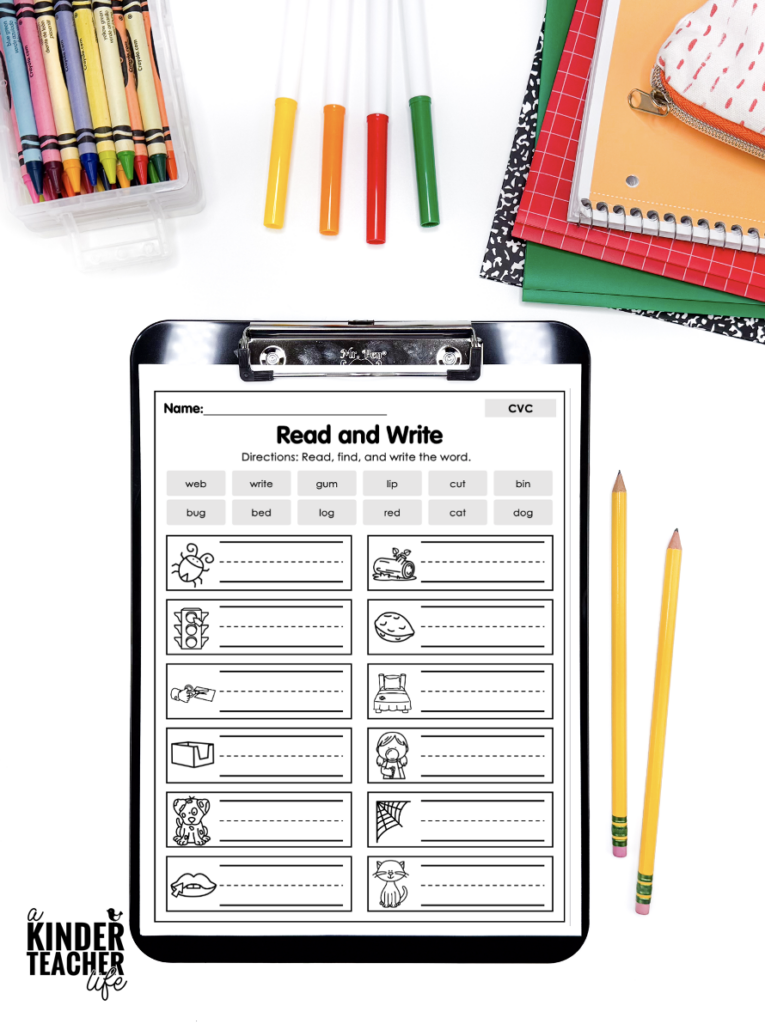
How Read and Write Supports Decoding & Encoding
My new no-prep resource, Read and Write, is designed to strengthen both of these skills in a fun, structured way.
📖 Decoding Practice: Students start by reading words with common spelling patterns. This helps them recognize word structures and sound out words with confidence.
To help students recognize spelling patterns, have them say the sound as they highlight the word. What I like about these worksheets is that they focus on one spelling pattern per page so students can focus on the target sound. Also, all words are decodable, so students don’t need to worry about tricky or heart words.
✍️ Encoding Practice: Students write the word after identifying the correct picture, reinforcing the spelling patterns they just read. This connection between reading and writing strengthens word recognition and builds a strong foundation for fluent reading and accurate spelling.
Since the words are on the page, students can practice writing them confidently. They can also go back and check their work to make sure it doesn’t have spelling errors.
How to Use Read and Write
This versatile resource can be used in various ways:
✔️ Independent Literacy Centers – Perfect for hands-on practice.
✔️ Whole-Group Phonics Lessons – Reinforce skills with guided practice.
✔️ Intervention Support – Target specific phonics needs.
✔️ Early Finishers – A meaningful activity to keep students engaged.
By integrating decoding and encoding activities like Read and Write, we can give students the tools they need to become confident readers and writers.
✨ Grab Read and Write today and watch your students build essential literacy skills one word at a time!
Happy Teaching,
Tee


